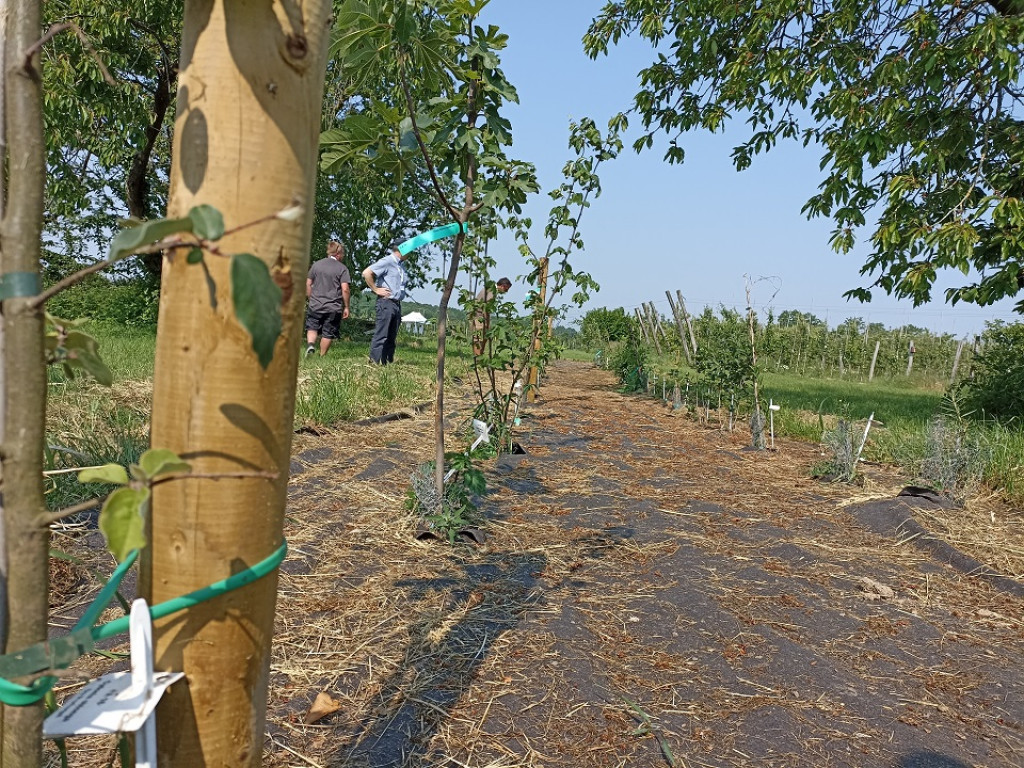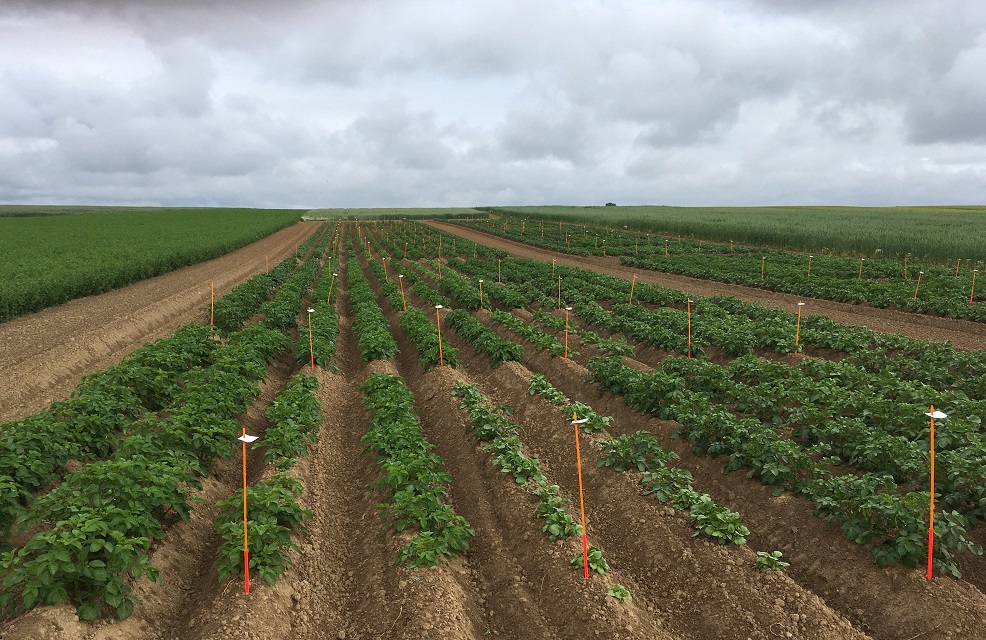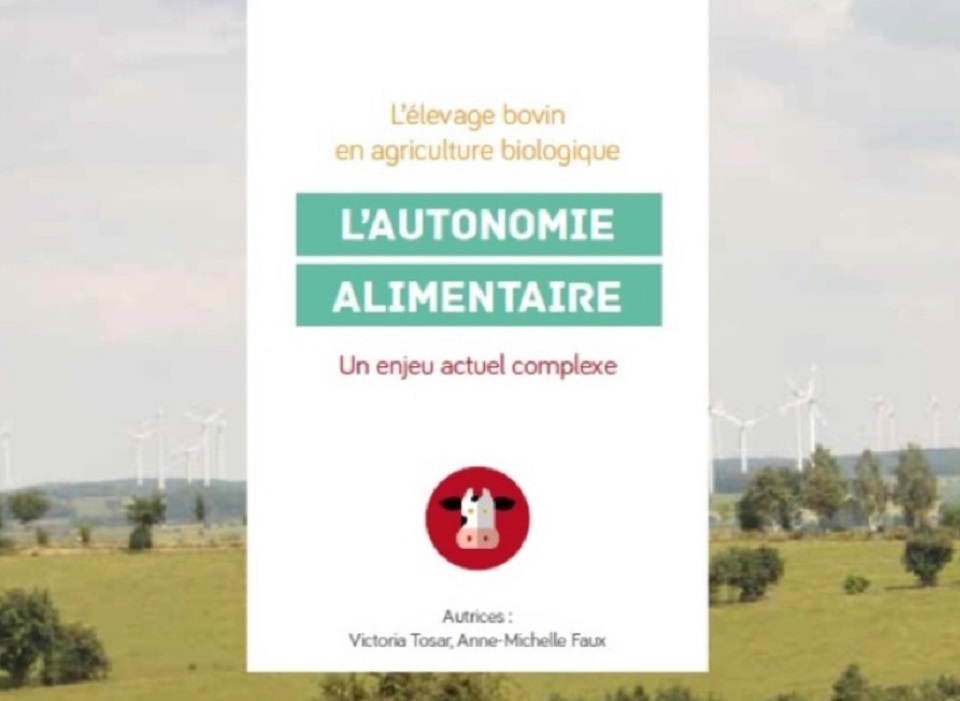This trial meets a demand from the organic and non-sprayed agricultural sector (fruit growers, vegetable growers, livestock farmers developing orchard meadows,…). The actual benefits of this approach are manifold:
- It diversifies production within crops;
- It enhances the value of fruit for processing and for higher healthy quality products;
- It increases production from May to October;
- It increases functional biodiversity in the field to achieve a better balance between beneficials and pests;
- It attracts numerous pollinating insects thanks to a longer flowering period;
- It promotes a microclimate in the crop thanks to a windbreak effect;
- It attracts new customers by allowing pick-your-own.
Comparison of four innovative hedge modules
For optimum hedge management, we chose four double-row hedges spaced 1.5 m apart, with maximum diversity and maturity grouping by hedge modality.
These methods provide advantages in terms of harvesting and allow for grazing with sheep or cattle as well as post-harvest cleaning by poultry.
The hedge is composed of some twenty fruit species and an experimental choice of new cultivars:
Fruit trees: quince, apple, medlar, plum, peach, fig, etc.
Berry trees: Juneberry, Chokeberry, Sea Buckthorn, May berries, Goji, Blackcurrant, etc.
Climbing plants: Kiwaï, table grape etc.
Thanks to the monitoring sheets, this pilot hedge will highlight the most interesting varieties with the right combinations of species. At the same time, the hedge modules are duplicated at several growers' premises for developing a participatory approach.








